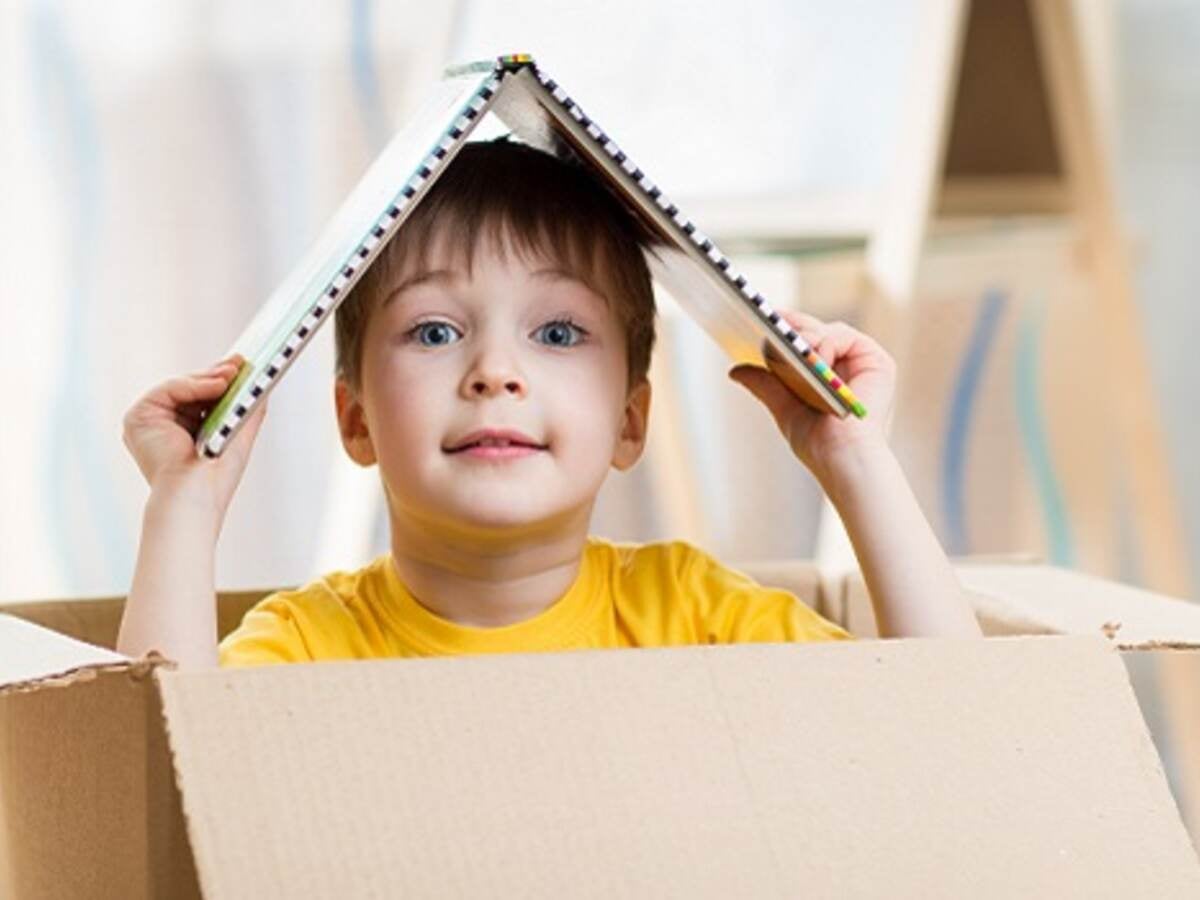May 1, 2018
Have you ever wondered what it takes to bring a toy to market? The life cycle of a toy—from concept to consumer —has many steps and checkpoints. Essential at the start of every toy’s life is a great idea.
Great idea
Toy manufacturers strive to create the next innovative, “must have” toy. They look at trends in fashion, entertainment, technology, school curriculums, as well as personal family experiences. A great idea is hashed out to identify play value, developmental appropriateness and marketability.
Design/engineering
After the idea is sketched out, functions and features specified and target users identified (e.g., infants, toddlers, tweens), toy designers have the challenge to transform what started as a great idea, to a tangible product that can be mass produced. The first step is to develop detailed engineering drawings specifying the size and shape of the pieces, how they will be assembled, what materials will be used, etc.
Prototypes
Next, using 3D modeling software, the toy designer creates a scaled, organic surface model with all the dimensions of each component. Many manufacturers use 3D printers to create models in-house — this helps the manufacturer efficiently and economically produce a prototype. If the manufacturer does not have a 3D printer, a digital concept is sent to a lab for prototype development.
Feedback
Designers then work to gain qualitative information about their concept through direct observations with children, parent focus groups and/or human factors assessments. Companies will analyze the concept and identify how a child will play with that toy – both intentionally and unintentionally. The outcome of these events will identify possible risks and suggest design changes.
Once the design is refined, safety engineers can determine how the product must be tested based on regional and country safety standards. They look at everything from the chemicals and heavy metals within the materials to stability, compression, accessibility of mechanisms, batteries, magnets and much more.
After the manufacturer receives the information both about the toy’s safety requirements and about how children may interact with the toy, they may once again modify the design. This will provide the end user, the child, with the optimal play experience, and will mitigate problems that might cause injury or result in a recall of the product.
Testing
The toy is now tested in a lab referencing regulatory mandated safety standards. Chemical, mechanical, and physical tests will be conducted, as well as use and abuse testing, to ensure the quality, durability and safety of the product. Regardless of where it is manufactured, each toy must comply with the regulations of the region where it will be sold. For instance, if the toy is sold in the U.S. but is made in China, it must comply with the U.S. standard for toy safety – ASTM F963. Only once the toy has passed this testing can it move into the manufacturing stage.
Manufacturing
The toy is now put into production. Molds are made, materials are prepared and the process of producing, painting, stuffing, assembling, packaging and inspecting takes place. Now the toy is ready to be packed and shipped to warehouses, waiting for the next stop – store shelves. During this process, regular “interventions” take place where a select quantity of products are taken from the manufacturing line and tested to ensure compliance and safety.
Certification
Manufacturers often want to highlight their attention to safety and quality. A Toy Certification Mark demonstrates to consumers that the product they may be considering has been tested for quality and safety. Such certification brings heightened credibility to the manufacturer’s commitment to a product’s safety and compliance and can help manufacturers manage supply chain risk through detailed factory quality systems audits, product inspections and additional testing at various points along the supply chain.
Success
At the end of this long process stand curious, energetic children who learn by playing. They discover how their world works; they learn to take turns, figure out cause and effect, develop fine and gross motor skills, and grow intellectually and physically. Behind all that childhood development, accomplished through simple interaction with a toy, stand designers, engineers, lab technicians and human factors specialists who collectively brought that toy to life.
This article was originally published on UL's Consumer & Retail Services site.

